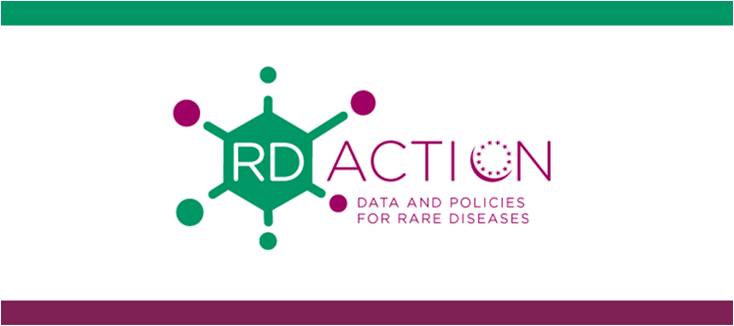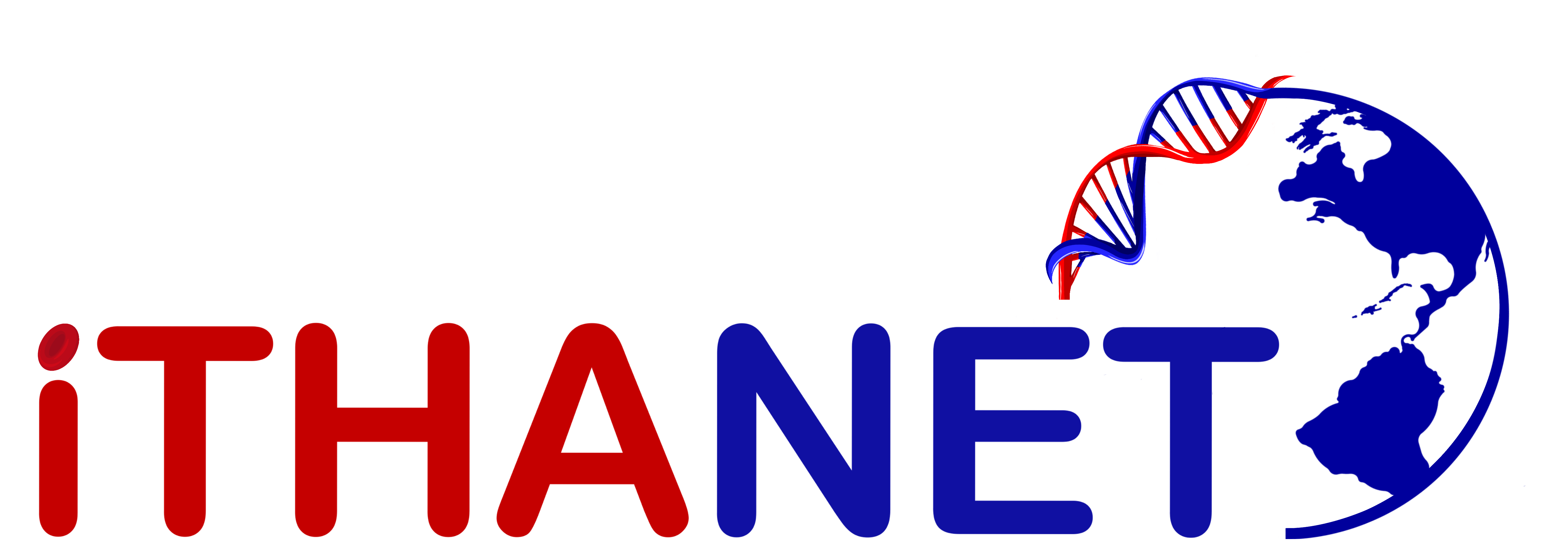
RD-ACTION is a new Joint Action consisting of the member states of the European Union for rare diseases, following the two previous Joint Actions - Orphanet Joint Action and EUCERD -, and represents renewed support of the European Commission (EC) to rare diseases, through its Directorate General for Health (DG SANTE).
RD-ACTION has three main objectives:
- to contribute to the implementation, by member states, the recommendations of the EC Panel in relation to policies on these diseases,
- to support the development of Orphanet and make it sustainable,
- to help Member States to introduce the ORPHA code in their health systems to make rare diseases visible.
With a global budget of €8,344,079, this work will last three years (until June 2018), following the logic of coherence and continuity vis-à-vis the previous actions, but aims to go further in terms of concrete implementation and consolidation policies.
More information: European Commission press release, Orphanews



